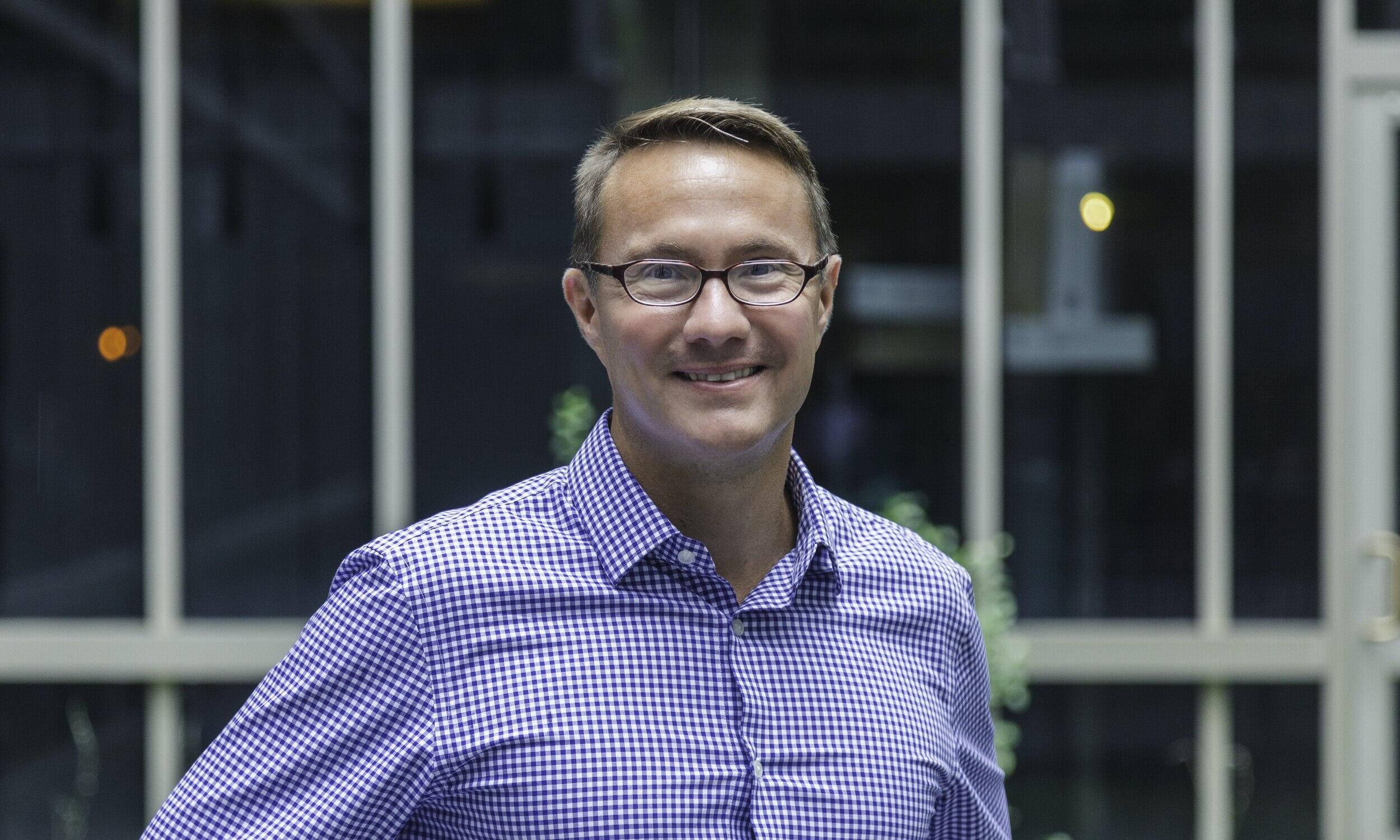
Oct. 16, 2020
Digitizing the supply network could jump-start America’s ability to produce crucial medicines
Share this story
Virginia Commonwealth University chemical and life science engineering professor James K. Ferri, Ph.D., is working to make it easier for manufacturers in the U.S. to produce critically needed medicines such as ciprofloxacin, an antibiotic.
But that’s just the beginning.
Addressing challenges in the chemical industry to encourage domestic production of these medications will also pave the way for manufacturing a broad range of active pharmaceutical ingredients for drugs in the U.S., instead of overseas. These include in-demand ingredients related to COVID-19 and several on the federal government’s Strategic National Stockpile list — the nation’s repository of critical medical supplies.

Ferri said one factor that causes shortages in the U.S. drug supply is the industry’s reliance on an antiquated process of ad-hoc, person-to-person contact with local experts to determine the availability of raw materials, requirements for processing and capacity of manufacturers.
He compared it to using a personal travel agent who must make a series of direct phone calls to different hotels. In contrast, today a traveler can check an online service such as Airbnb and select details such as the location, the duration of the stay, the number of rooms and the ratings.
Ferri has received an $860,961 grant from the U.S. Defense Advanced Research Projects Agency for his work with researchers from Procter & Gamble and the Rapid Advancement in Process Intensification Deployment (RAPID) Institute to build a digital infrastructure that the chemicals and materials industry needs to improve efficiencies.
Ferri also received a Rapid Response Research grant from the National Science Foundation in May for this initiative. The first step is to develop the pharmaceutical supply pattern for critically needed drugs by identifying basic raw materials, processing requirements and the domestic manufacturing assets capable of meeting those requirements.
The new funds will support efforts to analyze the chemical supply chain and identify capability gaps in pharmaceutical manufacturing for nine other drugs including albuterol, ciprofloxacin, the heartburn relief treatment famotidine and the high blood pressure treatment lisinopril. The network could ultimately become an asset curated by federal stakeholders, such as the White House Office of Trade & Manufacturing Policy or the Department of Defense.
There’s an architecture that lets [Amazon’s Alexa virtual assistant or Facebook] recommend stuff to you with AI. None of that architecture exists in chemicals and materials.
Ferri and his collaborators are mapping a pharmaceutical supply network that would serve as a new contemporary, knowledge transfer system for specialty and fine chemicals manufacturing capacity in the United States. Such a digital infrastructure would enable the same kind of functionality and artificial intelligence at the core of systems like Airbnb.
As with Amazon’s Alexa virtual assistant or Facebook, Ferri said, “there’s an architecture that lets them recommend stuff to you with AI. None of that architecture exists in chemicals and materials.”
This approach builds on an initiative Ferri began in 2019, when he and D. Tyler McQuade, Ph.D., then a professor of chemical and life science engineering, received a grant from the first phase of NSF’s Convergence Accelerator program to develop what they called the “Alexa of chemistry.” That multi-university project sought to use AI to help scientists make sense of molecular sciences data to come up with the perfect molecule for a particular desired use.
Subscribe to VCU News
Subscribe to VCU News at newsletter.vcu.edu and receive a selection of stories, videos, photos, news clips and event listings in your inbox.










